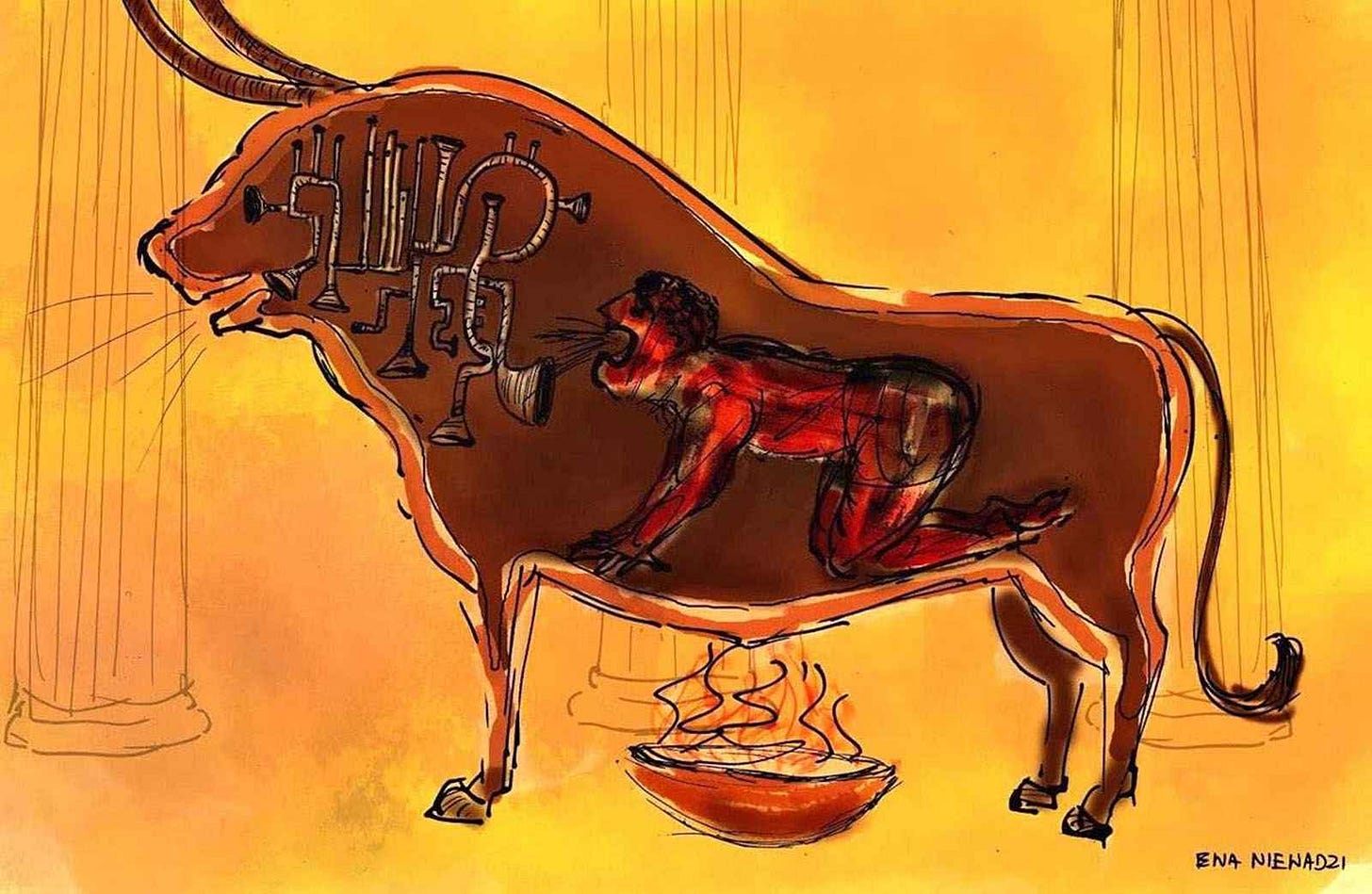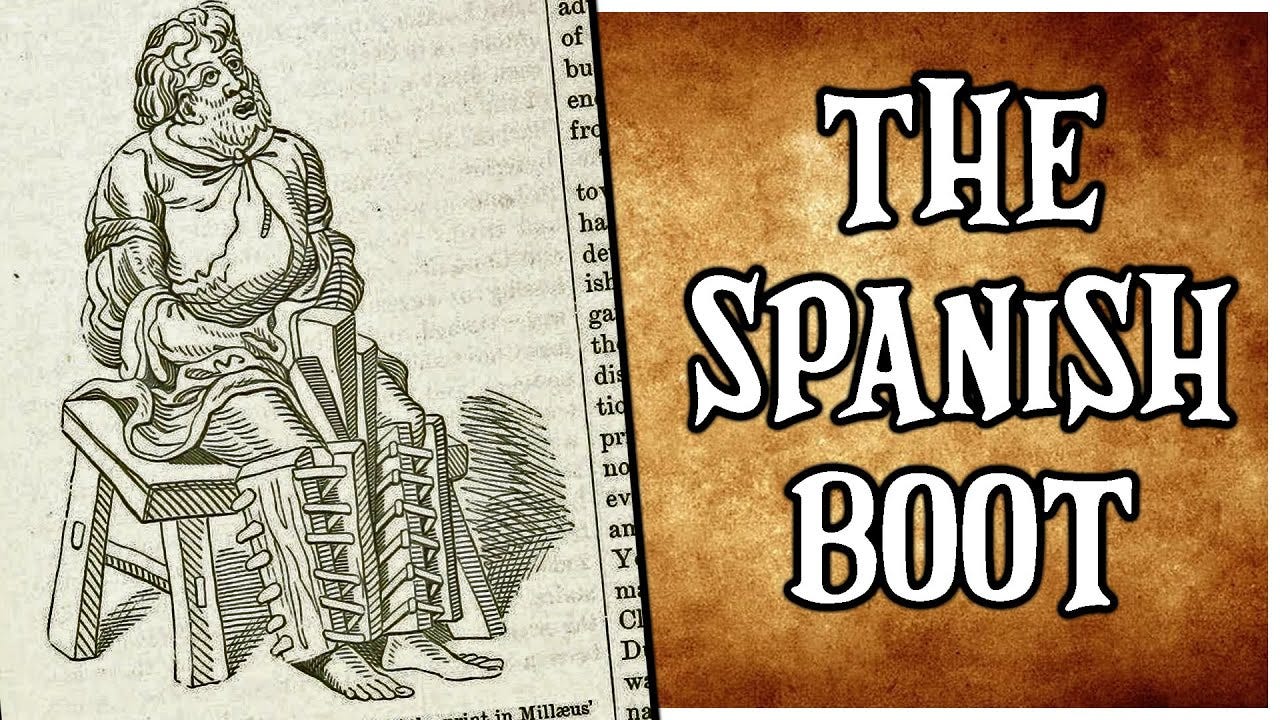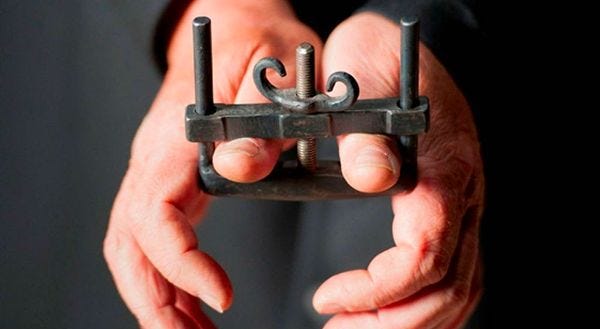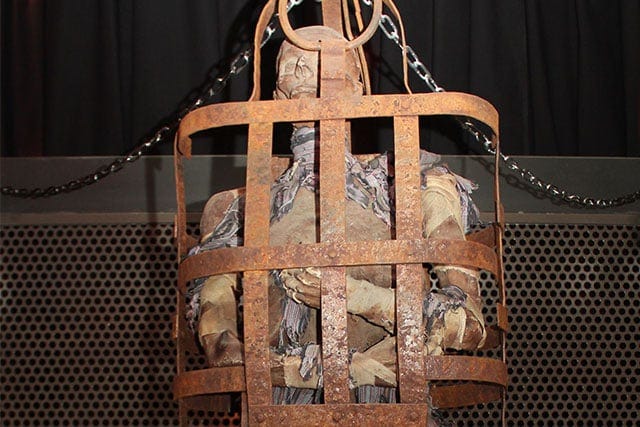The Bronze Bull: A Historical Analysis of Cruelty and Controversy
The Bronze Bull: Mechanism and Historical Context
The Bronze Bull, also known as the Brazen Bull, is often cited as one of the most horrific methods of torture from ancient times. Allegedly designed by Perillos of Athens for Phalaris, the tyrant of Agrigento in Sicily, this device was a hollow bronze statue in the shape of a bull. Victims were locked inside and a fire was set underneath, heating the metal until the person inside was roasted alive. The design included acoustic tubes that converted the victim's screams into sounds resembling a bull's bellowing, adding a grotesque layer of psychological torment to the physical agony.
Other Historical Methods of Cruel Punishment
The Bronze Bull is not the only example of extreme cruelty in historical punishments. Other methods included stoning, the Spanish boot, and crucifixion. Stoning, still practiced in some parts of the world today, involves a group of people throwing stones at a person until they die. The Spanish boot was a device that crushed the legs and feet of the victim, causing excruciating pain and permanent damage. Crucifixion, perhaps most famously used by the Romans, involved nailing or binding a person to a cross and leaving them to die slowly from asphyxiation, exposure, and exhaustion.
The Controversy Surrounding the Bronze Bull's Existence
Despite its notoriety, the actual existence of the Bronze Bull is a subject of debate among historians. The primary sources that describe it, such as the writings of Diodorus Siculus and Lucian, are often considered unreliable due to their sensationalist nature and the lack of corroborating archaeological evidence. Some scholars argue that the Bronze Bull might be a myth or an exaggerated account used to illustrate the cruelty of tyrants like Phalaris.
The Broader Context of Torture in Ancient Civilizations
Torture was a common practice in many ancient civilizations, used not only as a means of punishment but also as a tool for extracting confessions and instilling fear. Methods like thumb screws, the birdcage, and various forms of mutilation were designed to cause maximum pain and suffering. These practices reflect the harsh realities of justice and power in ancient societies, where the infliction of pain was often seen as a legitimate means of maintaining order and authority.
(thumb screws torture mode)
(birdcage torture mode)
Conclusion
The Bronze Bull, whether real or mythical, symbolizes the extreme lengths to which humans have gone to exert control and inflict suffering on others. Its story, along with other brutal methods of punishment, serves as a grim reminder of the darker aspects of human history. The controversy surrounding its existence also highlights the challenges historians face in separating fact from fiction in ancient accounts. Ultimately, these tales of torture underscore the importance of human rights and the ongoing struggle to prevent such atrocities in the modern world.
Subscribe to Our Substack! 📬
Stay informed and engaged with the latest updates, critical analyses, and insightful commentary on the hottest topics. By subscribing to our Substack, you'll be part of a community that values quality content and thoughtful discussion. Your support enables us to continue bringing you the best material. 🙌
Subscribe today and never miss an update! ✨
Thank you for being a valued member of our community! 🌟











